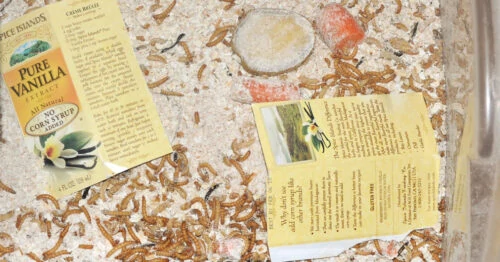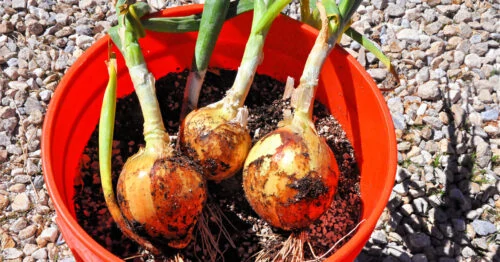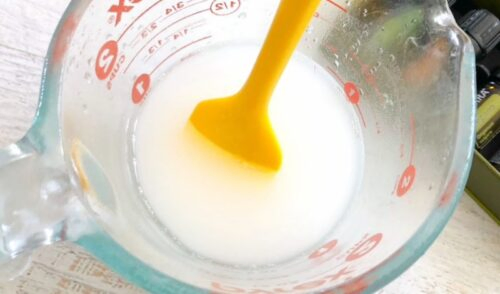A comprehensive exploration of methods for staking tomato plants, catering to various types of tomatoes and garden spaces. This practice not only supports the physical growth of the plant but also promotes healthier tomatoes by improving air circulation and reducing the risk of disease.
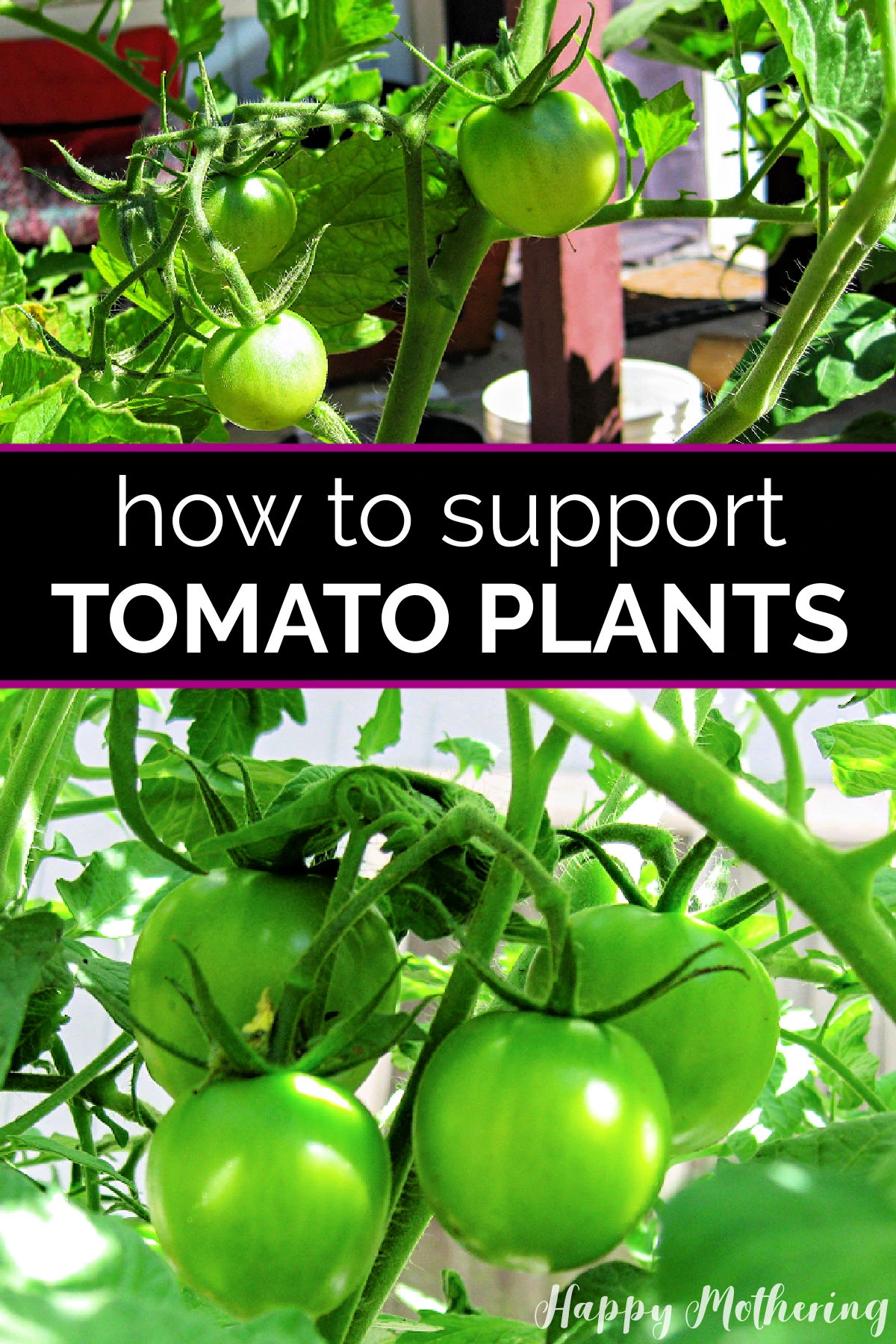
Staking tomato plants is an essential gardening practice that promotes healthy growth and boosts yield. Whether you’re tending to a small garden or a vast vegetable plot, the technique you choose can significantly impact the success of your tomato crop. The right staking method not only provides physical support to your plants but also ensures better air circulation, reducing the risk of soil-borne diseases.
There are many options when it comes to staking tomato plants, from traditional wooden stakes to innovative methods like the Florida weave. Choosing the best way depends on various factors, including the type of tomatoes you’re growing, the space available and your personal preference. In this article, we’ll explore 17 effective methods for staking tomato plants, both for indeterminate tomatoes, which continue growing throughout the season, and determinate types, which grow to a certain size and then stop.
Indeterminate tomato varieties, including many heirloom tomatoes, can benefit significantly from proper staking. These plants continue to grow and produce fruit until the end of the season, and they require a sturdy support structure. On the other hand, determinate types of tomato plants are more compact and might only need minimal support. Let’s delve into these staking methods and discuss how they can be implemented in your vegetable garden.
- Single Stake
- Cage
- Tomato Ladders
- Trellis
- Florida Weave (also called Basket Weave)
- A-Frame Trellis
- Vertical Weave or Double Wall
- Tomato Spirals or Spiral Stakes
- Grow Bag with Built-In Support
- Tomato Arch or Tunnel
- String Trellis (also called Lower and Lean Method)
- Fence Line
- Pallet
- Concrete Reinforcing Wire
- Bamboo Poles
- Repurposed Items
- Umbrella Tomato Support
Single Stake
The single stake method involves driving a wooden stake or tall metal stakes into the ground next to the tomato plant’s main stem. Tying the plant to the stake with garden twine or strips of fabric provides extra support as it grows. It’s an easy way to stake tomatoes, especially for indeterminate types.
Cage
A wire cage bought from garden centers is a common way to support tomato plants. The cage surrounds the base of the plant and provides a strong structure for both the plant stems and the growing fruit. It’s a good choice for both indeterminate and determinate types of tomatoes.
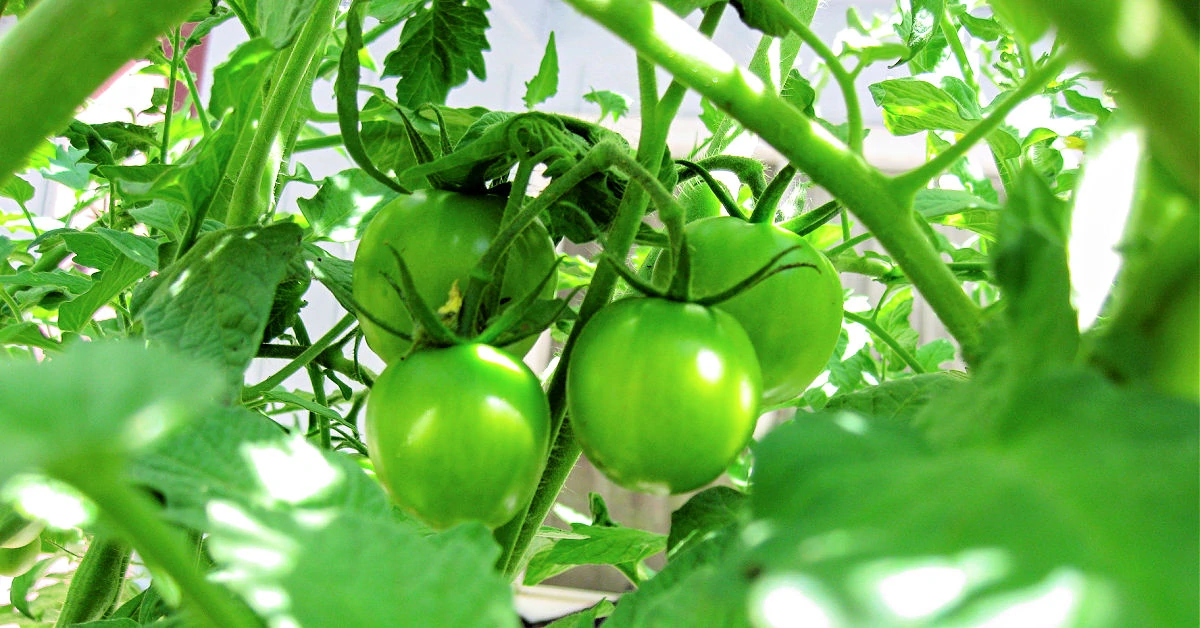
Tomato Ladders
These are similar to cages but provide better air circulation. They are generally taller and more robust, making them suitable for indeterminate tomato plants.
Trellis
A trellis is a good option for a row of tomatoes. The tomato stems are weaved through or tied to the trellis with tomato twine, providing excellent support and promoting better health for the plants.
Florida Weave (also called Basket Weave)
This method involves placing sturdy stakes at the end of the row and running twine in a figure-eight pattern around the stakes and plants. The Florida weave method is commonly used by commercial growers and is an effective way to stake indeterminate tomatoes.
A-Frame Trellis
Two trellises are arranged in a V or A shape with the tomato plants growing up the center. This setup can support a large number of plants, making it an efficient use of space in smaller gardens.
Vertical Weave or Double Wall
This method uses additional stakes placed between tomato plants with twine woven between them, providing support on both sides of the plant. It’s particularly effective for indeterminate varieties.
Tomato Spirals or Spiral Stakes
These metal stakes have a spiral design. As the plant grows, it naturally wraps around the spiral for support, negating the need for ties.
Grow Bag with Built-In Support
Some grow bags come with built-in support, ideal for balconies or small gardens. These bags offer the benefits of container gardening while providing a support system for the plants.
Ways to use fresh garden tomatoes:
Fresh Garden Salsa
Canning Whole Tomatoes
Homemade Guacamole
Shrimp Ceviche
How to Ripen Green Tomatoes
Tomato Arch or Tunnel
An arch or tunnel made of wire or bamboo supports the tomato plants as they grow over it. It’s a unique and attractive way to stake tomatoes and can create a visually striking feature in your garden.
String Trellis (also called Lower and Lean Method)
With this method, tomato plants are trained to grow up a string or twine attached to a secure overhead structure. It’s a popular method among commercial growers, especially for indeterminate tomato varieties.
Fence Line
If you have a fence in your garden, training your tomatoes to grow up against it is an easy way to provide support. This method is a good option for gardens with limited space.
Pallet
A repurposed wooden pallet stood upright can serve as a rustic trellis. It’s an environmentally friendly and cost-effective way to support your tomato plants.
Concrete Reinforcing Wire
This is a sturdy and affordable option for creating homemade tomato cages. Concrete reinforcing wire is strong and offers good support for sprawling plants.
Bamboo Poles
Using several bamboo poles, you can create a teepee structure for each tomato plant. This method is ideal for indeterminate tomato plants, providing sturdy support throughout the growing season.
Repurposed Items
Various items such as old ladders, crib sides,or futon frames can be repurposed into tomato supports. This method allows for creativity and sustainability in your vegetable garden.
Umbrella Tomato Support
This is a commercially available option where a metal frame resembling an umbrella is used to support the plant. It’s a good idea for gardeners who prefer a ready-made solution.
Staking tomato plants is not just about providing physical support; it’s about promoting healthy tomatoes by improving air circulation and reducing the risk of disease. Regardless of the method you choose, remember to stake your tomatoes at planting time. This will prevent damage to the roots and ensure your tomato plants have the support they need from the very beginning.
Whether you’re working with wooden stakes, a wire cage, or repurposed items, every staking method has its merits. Choose the one that works best for your garden, your tomato varieties and your personal preferences.


